What America looked like during World War II
World War II was a time of profound transformation in the United States. With the war effort requiring immense resources, the entire nation pivoted towards supporting the troops abroad.
The American landscape was marked by bustling factories, citizens rallying for the cause, and the pervasive sense of urgency that comes with global conflict. This period was not only about military engagements but also about the social and economic shifts that would shape the future of the country.
The Home Front: War Efforts and Civilian Life

On the home front, Americans were united in their efforts to support the war. Victory gardens sprouted in backyards, and scrap metal drives became a common community event. Citizens were encouraged to buy war bonds to finance military operations. T
his collective effort not only bolstered the war efforts but also fostered a sense of community and shared purpose among civilians, who felt they were contributing to the eventual victory.
Rationing and Resource Conservation
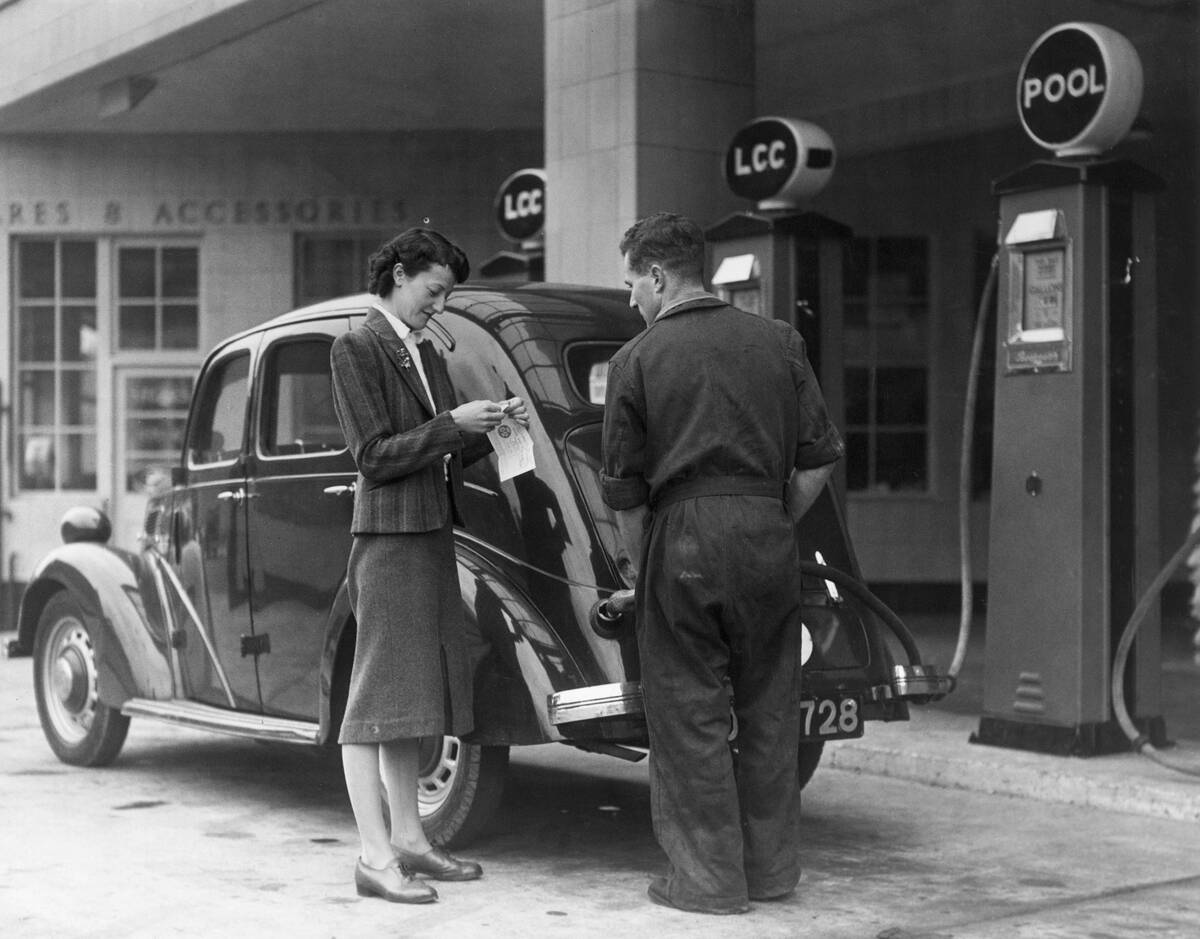
Rationing became a part of daily life, with items like sugar, gasoline, and rubber strictly controlled. Ration books and stamps were distributed to ensure fair distribution of scarce resources.People got creative in their consumption, learning to substitute ingredients and make do with less. This period of conservation not only taught valuable lessons in resourcefulness but also instilled a sense of sacrifice for the greater good.
Women in the Workforce: The Rise of Rosie the Riveter
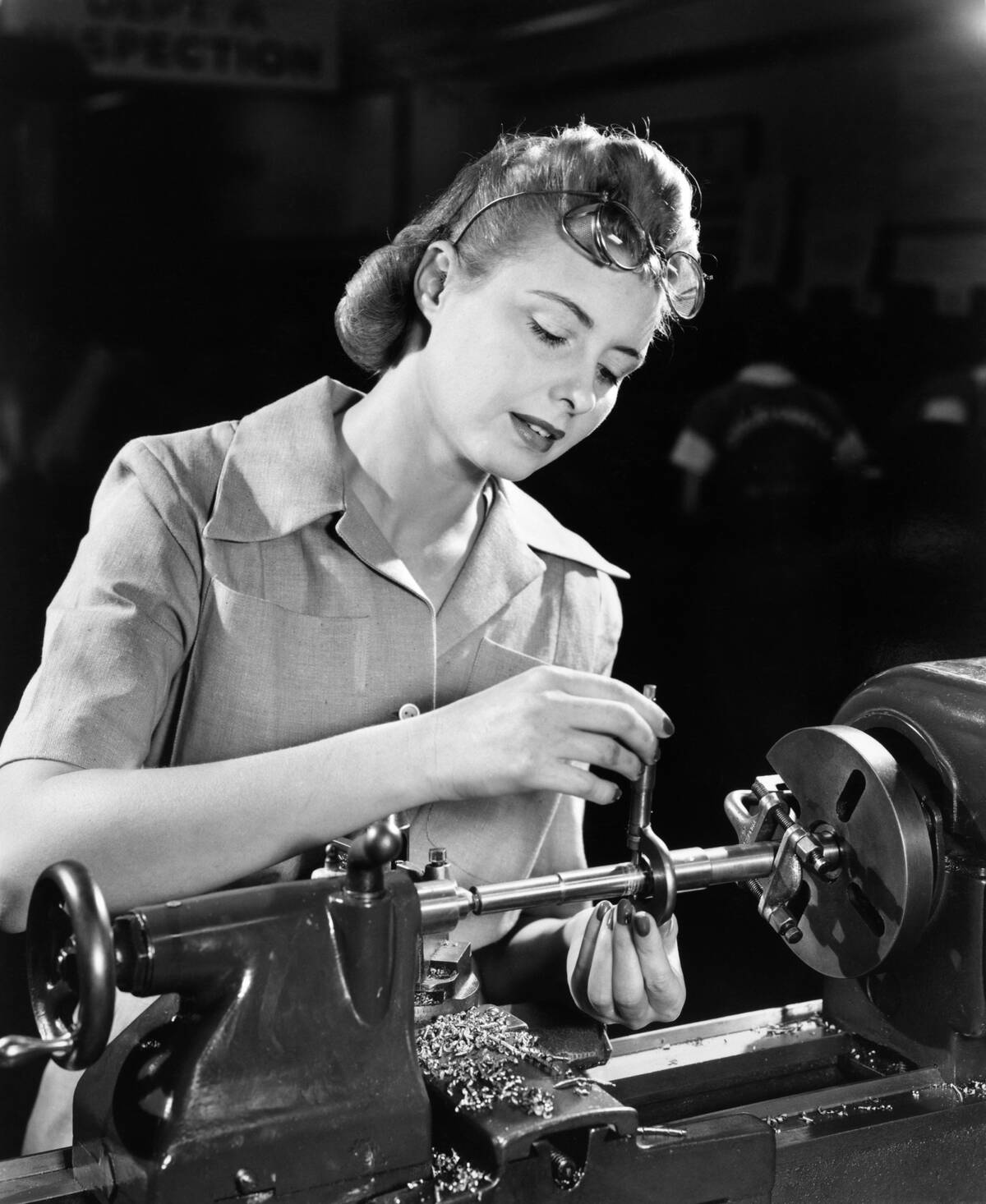
With men off to war, women stepped into roles traditionally held by males, leading to the iconic image of Rosie the Riveter. Women took on jobs in factories, shipyards, and other industries critical to the war effort.
This shift not only contributed significantly to the war production but also laid the groundwork for future movements toward gender equality in the workplace. The impact of Rosie resonated well beyond the war years, challenging societal norms and expectations.
American Fashion: Utility and Style in the 1940s

Fashion during the 1940s was heavily influenced by the war, with practicality taking precedence over extravagance. The introduction of utility clothing, which used minimal fabric, became widespread.
Despite the constraints, fashion designers found ways to inject style into their creations, with padded shoulders and nipped-in waists becoming iconic features. The era’s fashion reflected both the resourcefulness of the times and the enduring desire for personal expression.
Entertainment and Escapism: Movies, Music, and Radio
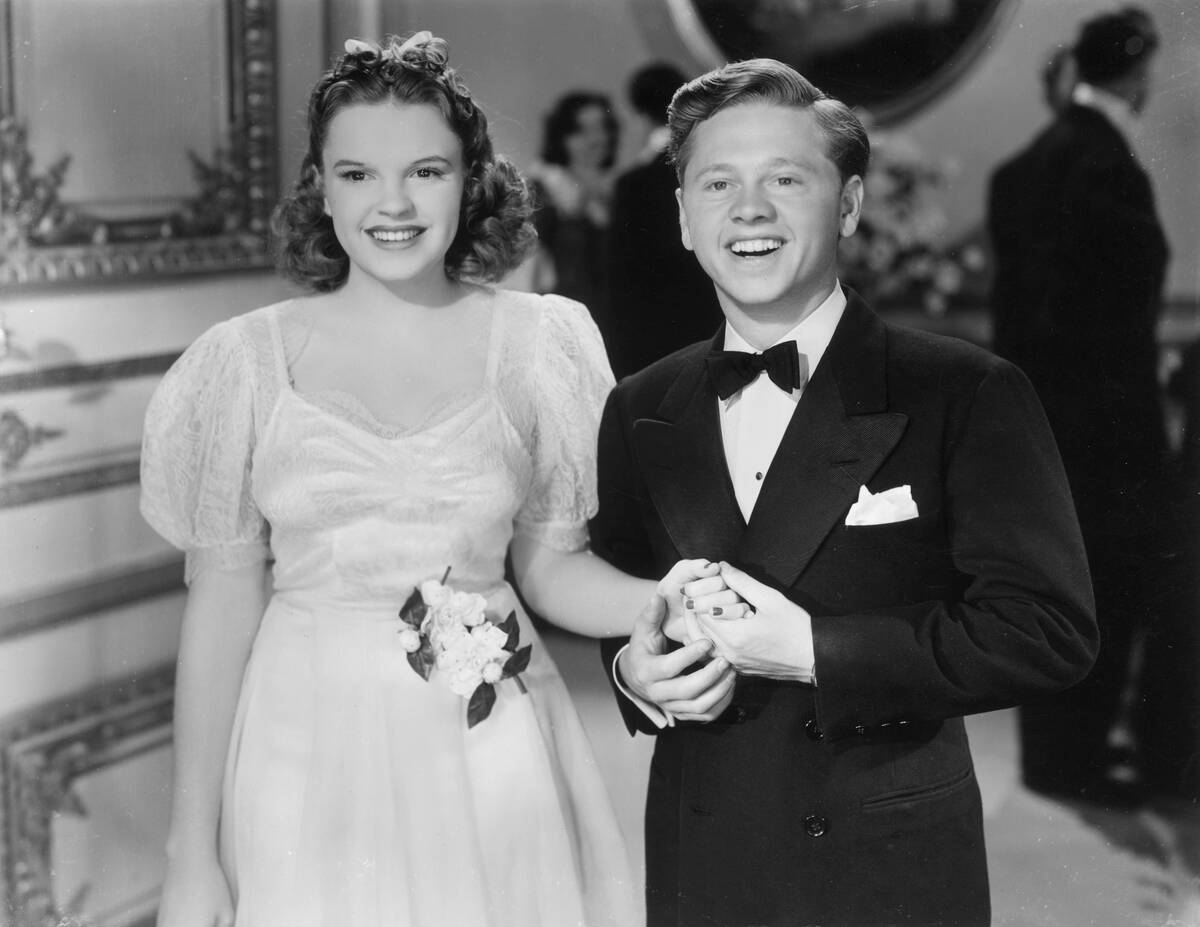
Entertainment provided an essential escape for Americans during wartime. Hollywood produced films that boosted morale and reinforced patriotic themes. Stars like Bing Crosby and Judy Garland became household names, offering solace through their performances.
Meanwhile, radio served as a crucial means of entertainment and information, with popular programs keeping families engaged and informed. This era underscored the power of media to uplift spirits in challenging times.
Propaganda and Patriotism: Mobilizing Public Support
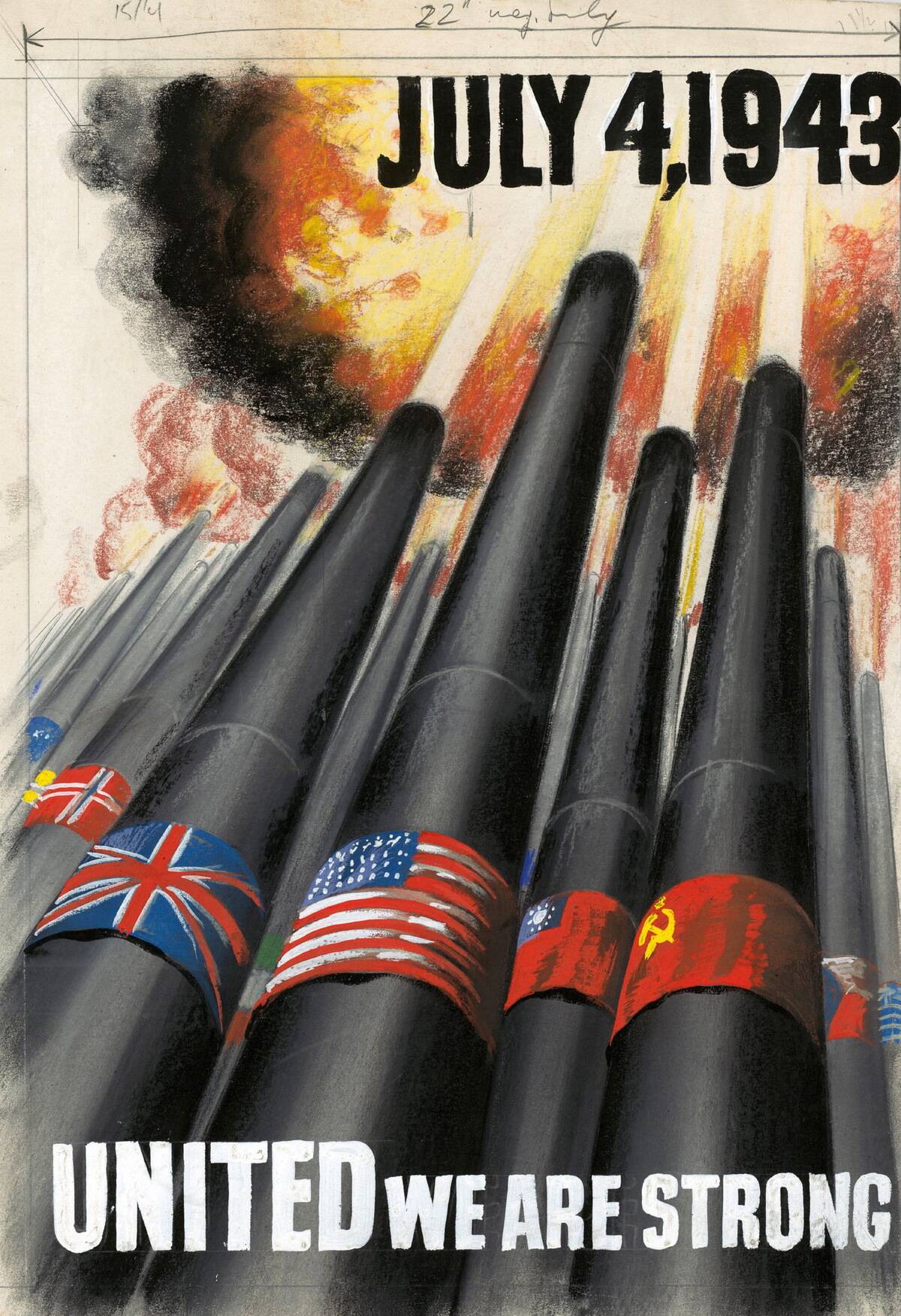
Propaganda played a vital role in mobilizing American public support for the war. Posters, films, and radio broadcasts were used to promote national unity and encourage enlistment and resource conservation.
Iconic images, such as Uncle Sam pointing with the slogan “I Want You,” became ingrained in the national consciousness. The blend of patriotic appeals and persuasive messaging helped maintain public morale and commitment to the war effort.
Technological Advancements: Innovations Born of Necessity
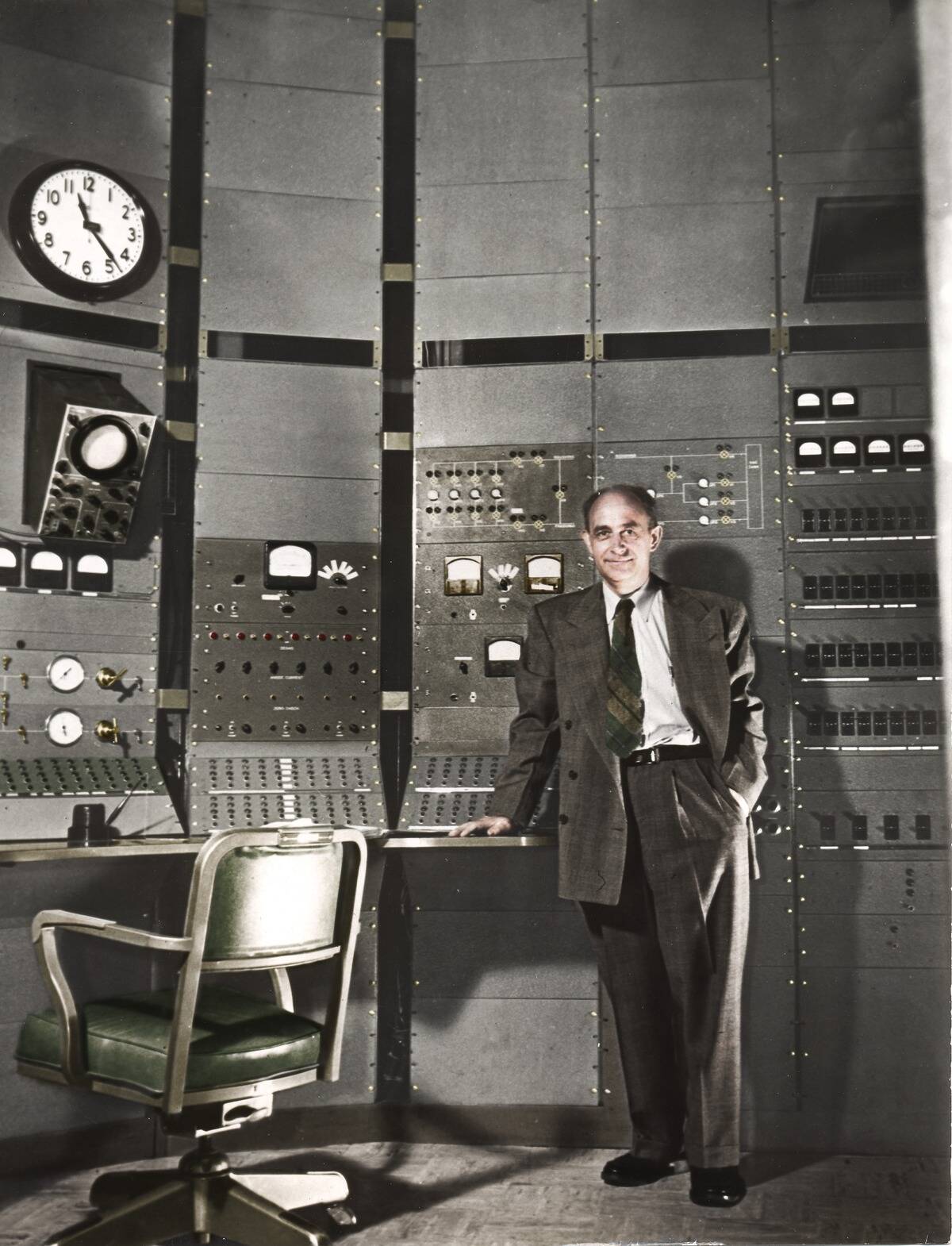
World War II spurred significant technological advancements as necessity drove innovation. Developments such as radar, jet engines, and the beginnings of computer technology emerged during this period.
The Manhattan Project, which led to the development of the atomic weapon, was one of the most significant scientific achievements. These innovations not only contributed to the war’s outcome but also laid the foundation for post-war technological progress.
The Role of American Agriculture and Victory Gardens
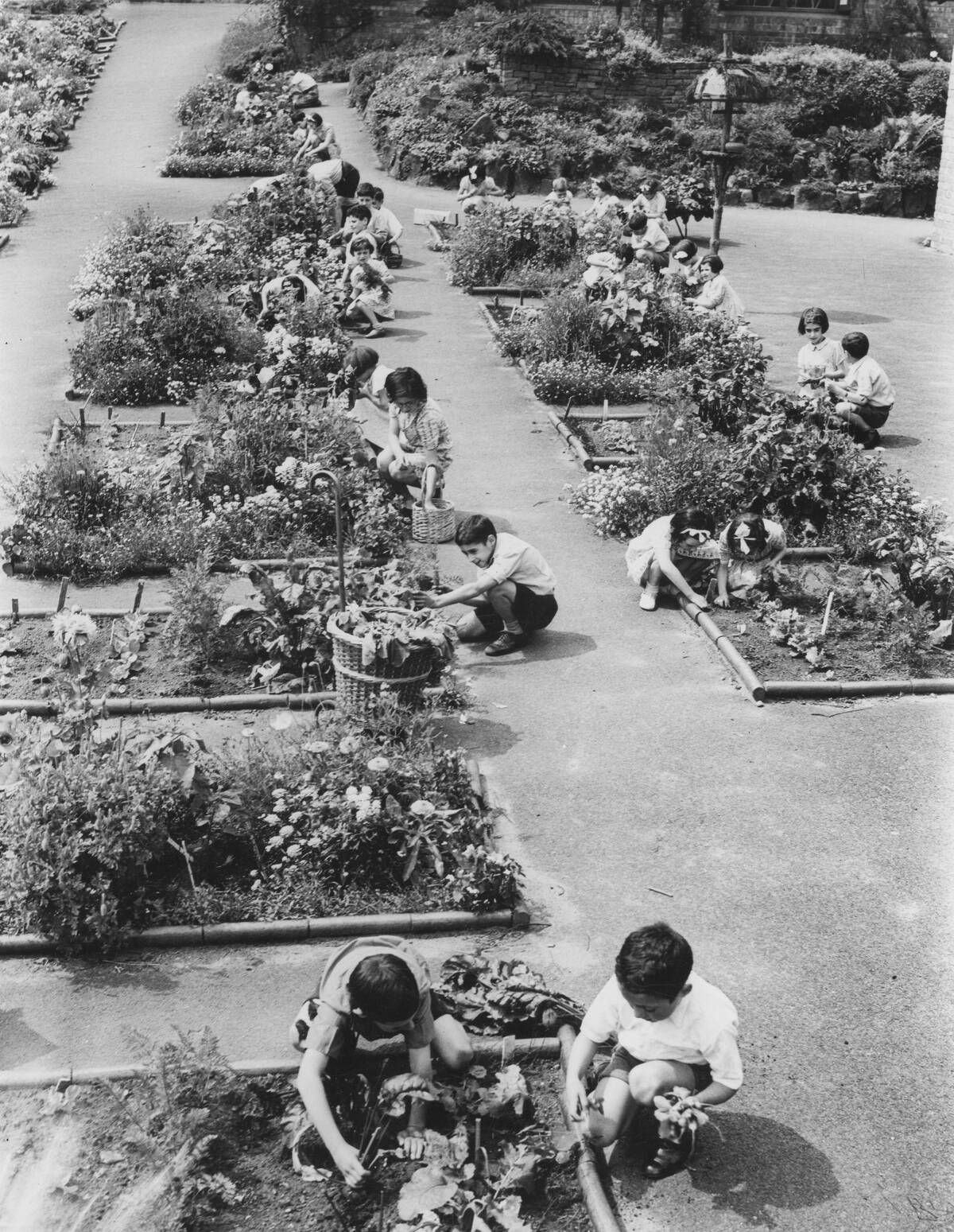
American agriculture played a crucial role in supporting both the home front and troops overseas. Farmers increased production to meet the demands of the military, while citizens were encouraged to plant victory gardens.
These gardens supplemented food supplies and reduced pressure on public food production. The initiative highlighted the importance of self-sufficiency and community effort, providing fresh produce at a time when food resources were tightly rationed.
Racial Segregation and the Double V Campaign
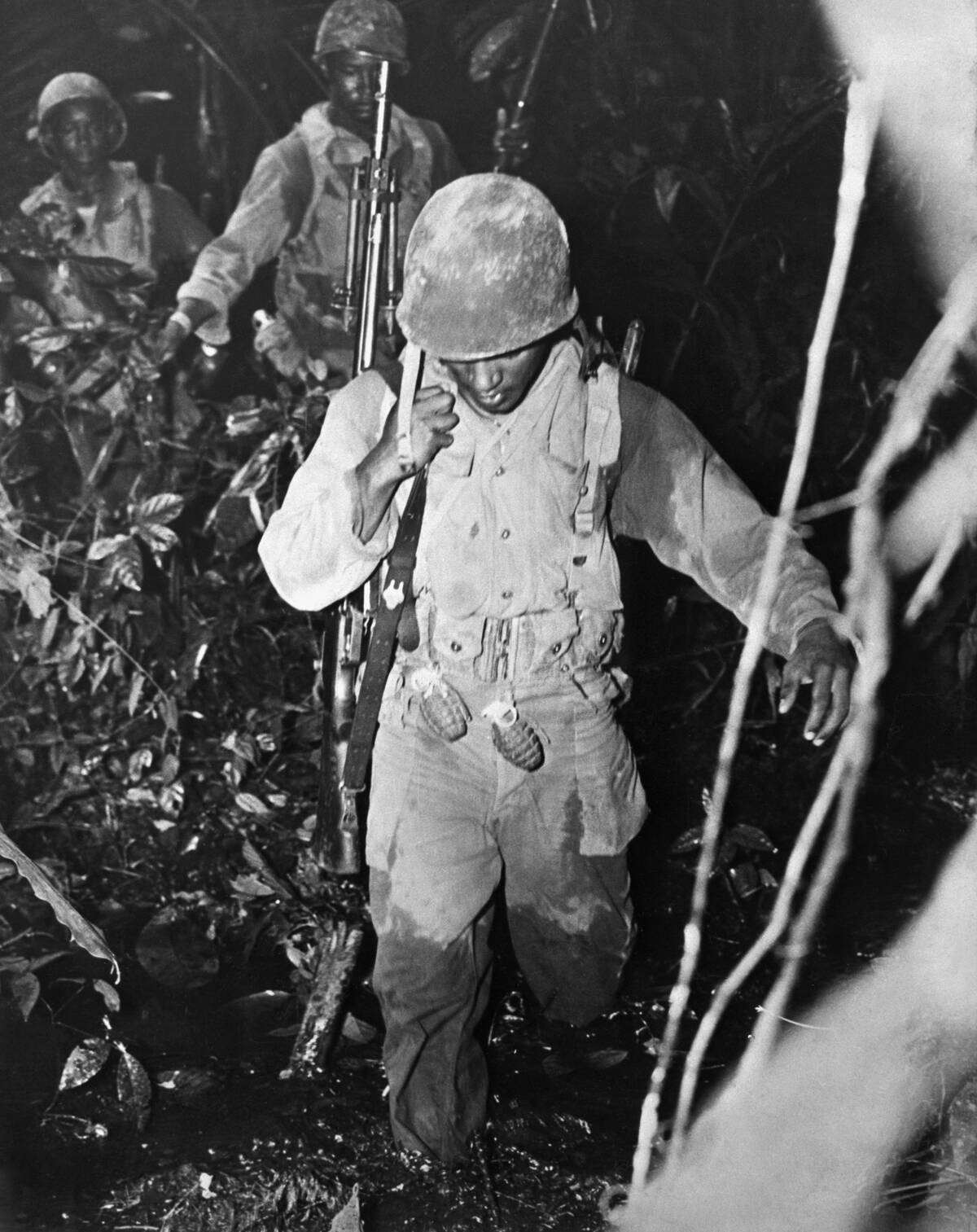
Despite the unifying cause of the war, racial segregation remained a significant issue in America. The Double V Campaign emerged, advocating for victory against both fascism abroad and racial injustice at home.
African Americans contributed to the war effort through military service and work in war industries, challenging discriminatory practices. This movement laid the groundwork for the civil rights advances that would follow, as it sought to align democratic ideals with domestic realities.
The Impact of the Draft on Families and Communities
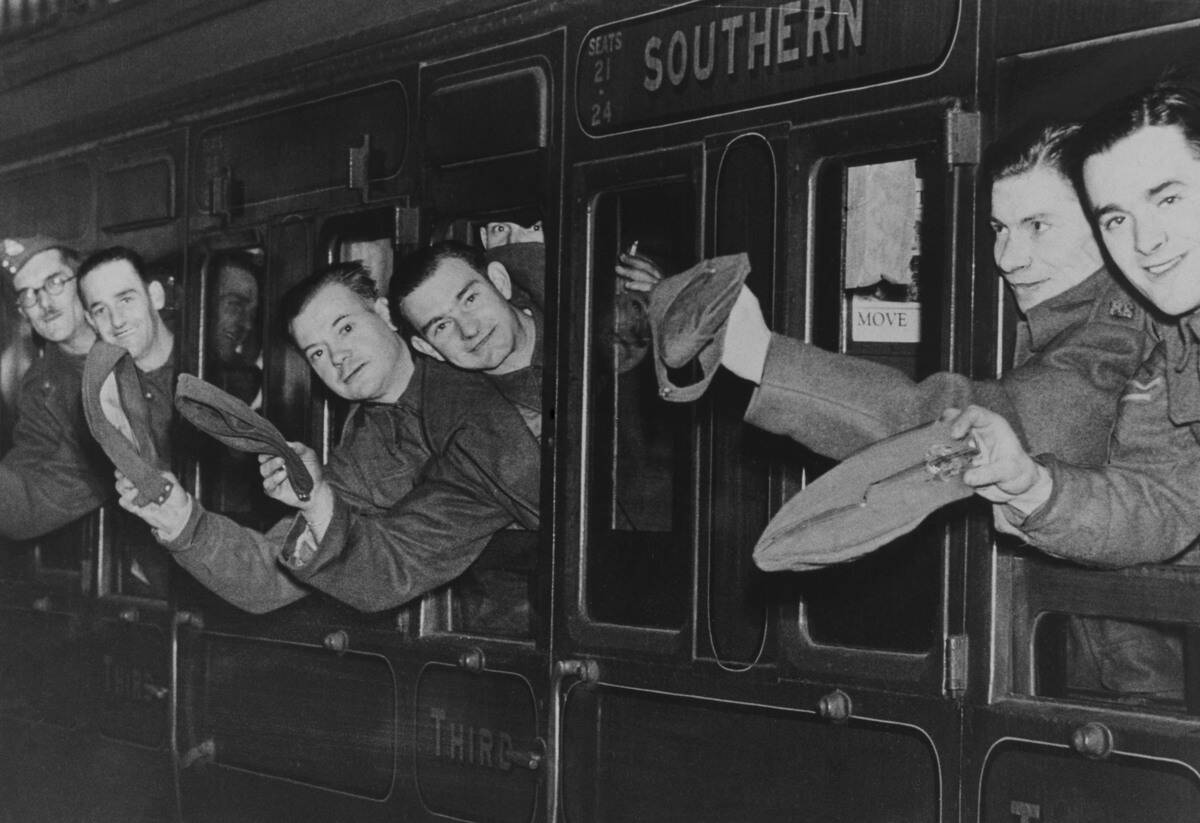
The draft significantly impacted American families and communities, as millions of men were called to serve. Families had to adapt to the absence of fathers, sons, and brothers, often relying on extended kin and neighbors for support.
Communities came together, hosting send-off parties and forming support networks for those left behind. The draft also brought diverse groups together, fostering a broader sense of national unity and shared sacrifice during the war.
The Changing Face of American Cities and Suburbs
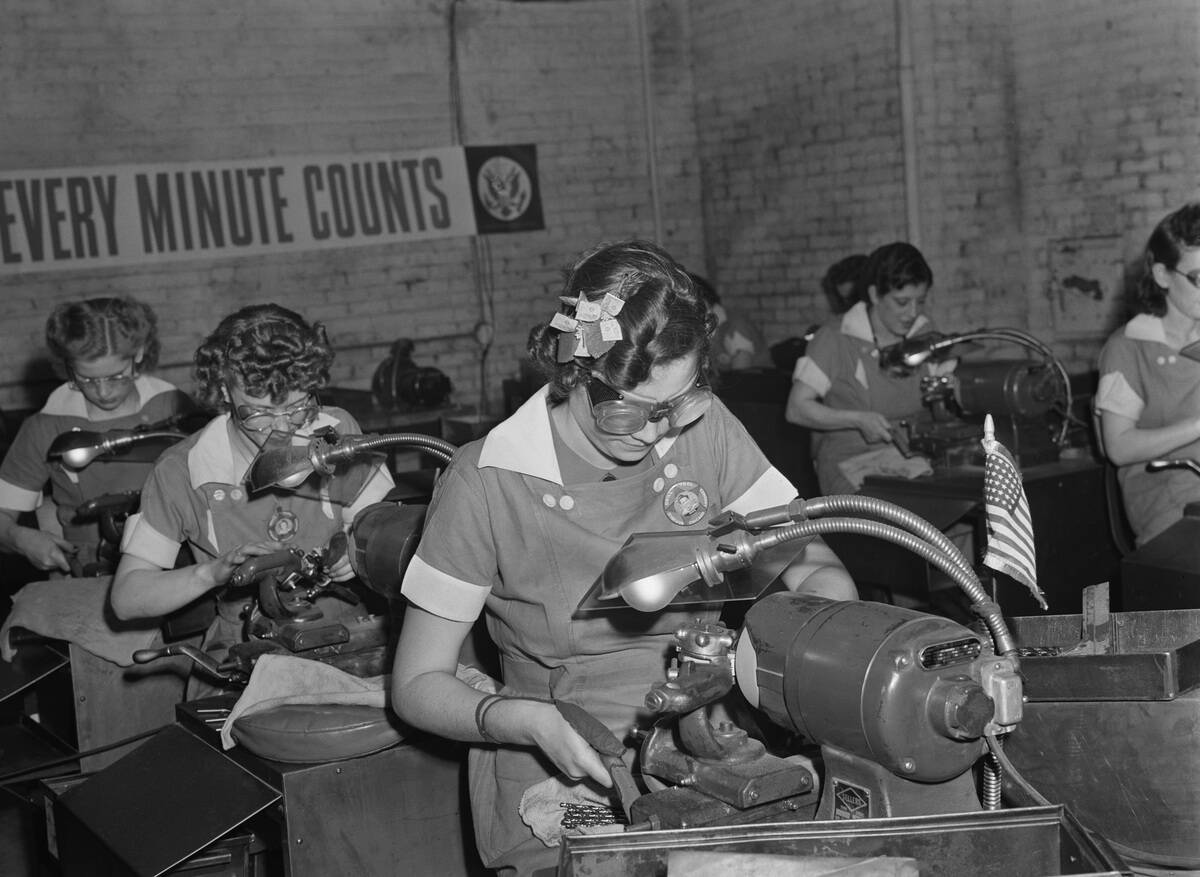
The war prompted shifts in American demographics, with many people relocating to urban centers for work in defense industries. This migration contributed to the growth of cities and the development of suburbs as people sought housing near factory jobs.
The changes brought about challenges in urban planning and infrastructure but also spurred economic growth. The war years laid the groundwork for post-war suburban expansion and the modern American cityscape.
War Bonds and Financial Contributions to the War Effort
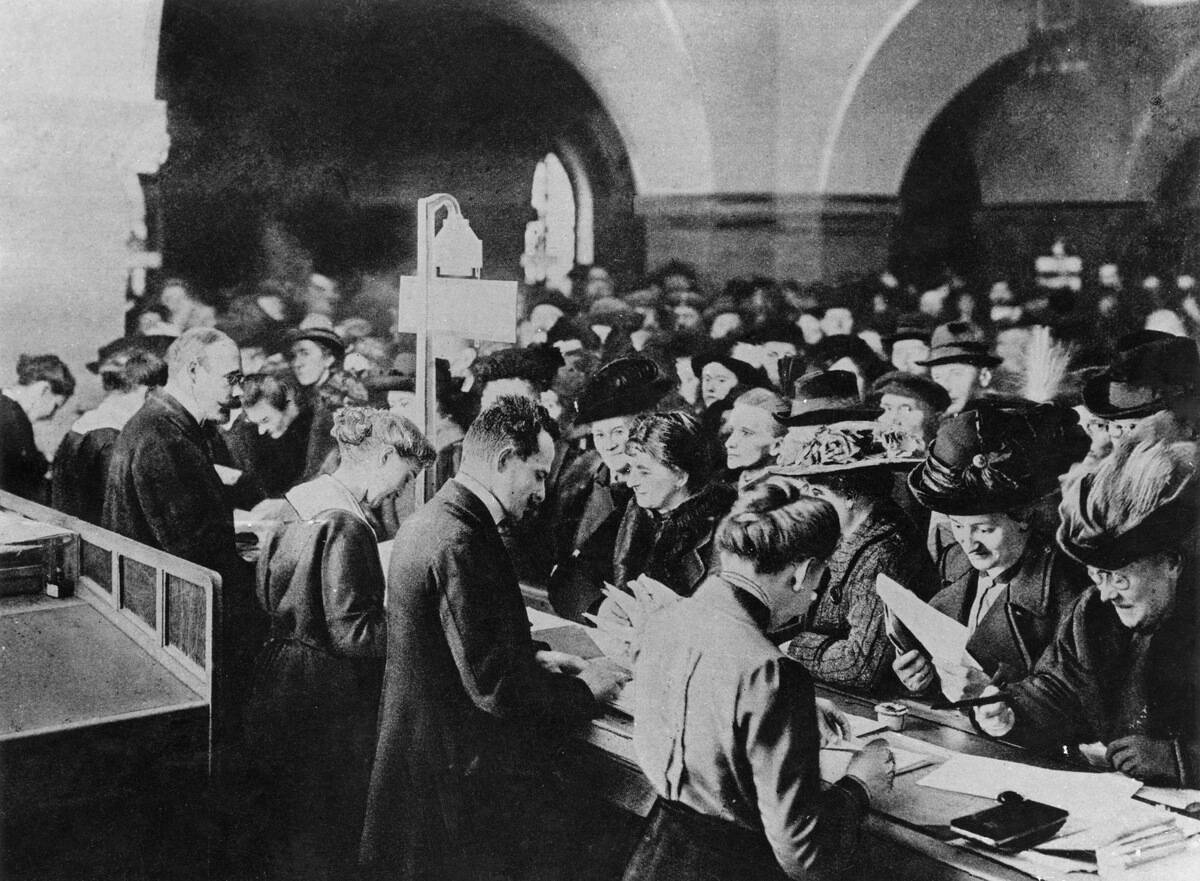
War bonds became a vital tool for financing the war effort, with citizens encouraged to invest in their country’s future. Through extensive campaigns, including celebrity endorsements and public rallies, Americans were persuaded to buy bonds, raising billions of dollars.
This financial support not only helped sustain military operations but also fostered a sense of personal investment in the outcome of the war. The success of bond drives demonstrated the power of collective financial commitment.
Education and the Impact of War on Schools
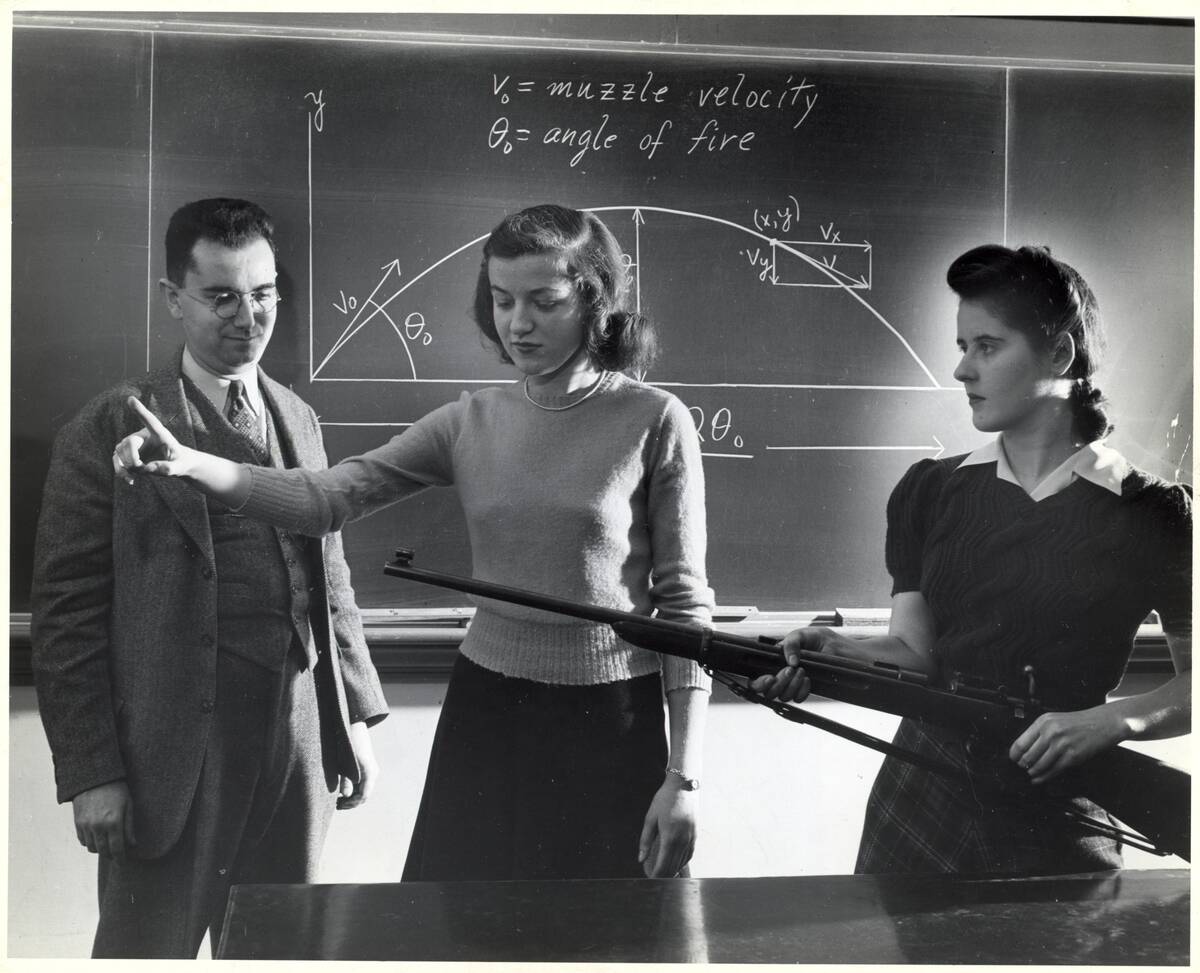
The war impacted American education, with schools adjusting to the demands of the time. Many teachers joined the military or took up war-related jobs, leading to shortages in classrooms.
Curricula adapted to include subjects relevant to the war effort, such as mechanical training and home economics. Despite the challenges, schools remained a crucial community hub, providing stability and continuity for children amidst the uncertainties of wartime.
The Evolution of American Cuisine: Creative Cooking with Rationed Goods
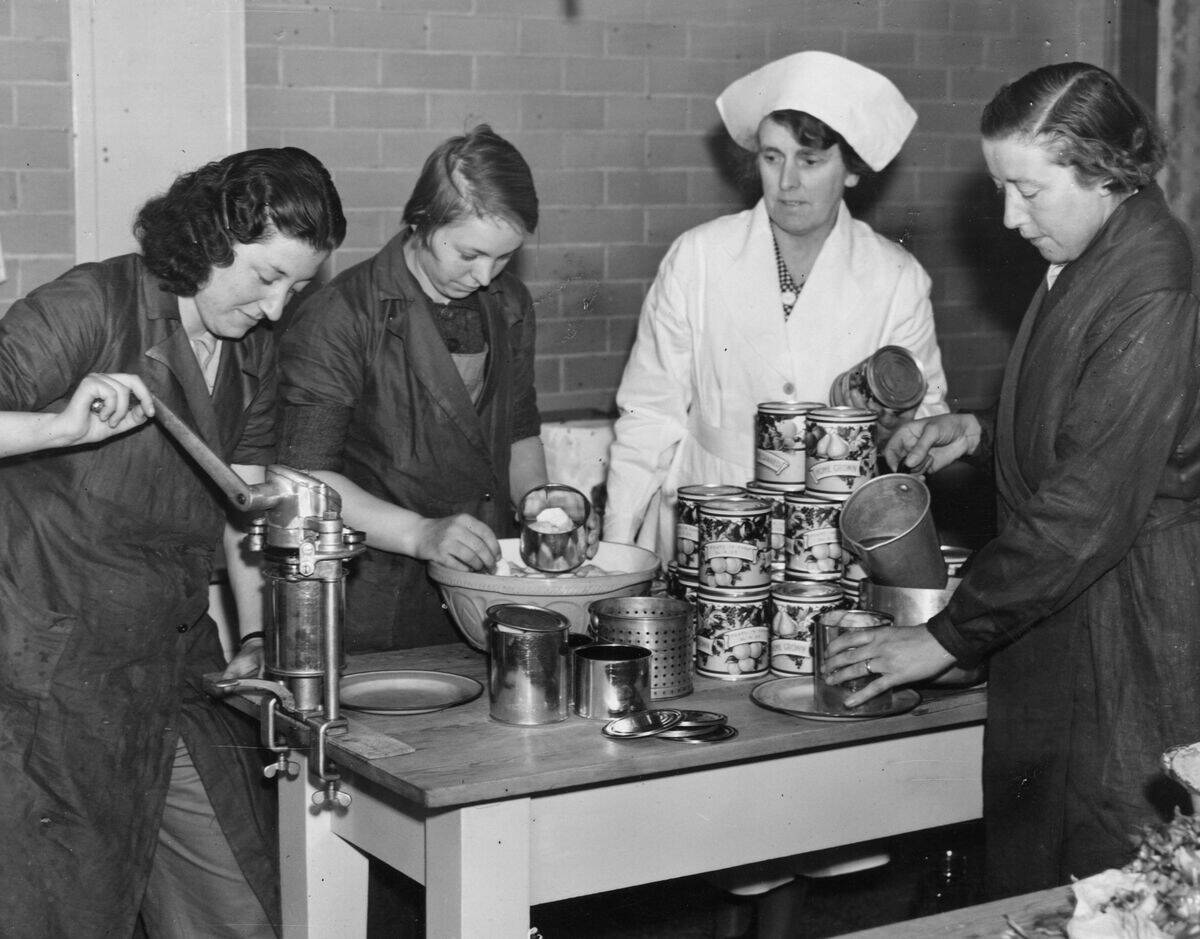
With rationing affecting everyday ingredients, American cooks had to get creative in the kitchen. Recipes were adapted to make the most of what was available, with substitutions for items like butter and meat.
Cookbooks and magazine articles offered tips on stretching meals and using alternatives, leading to innovative dishes that reflected the resourcefulness of the era. This period of culinary adaptation showcased the ingenuity of home cooks in maintaining family meals under constraints.
Military Installations and Their Influence on Local Economies
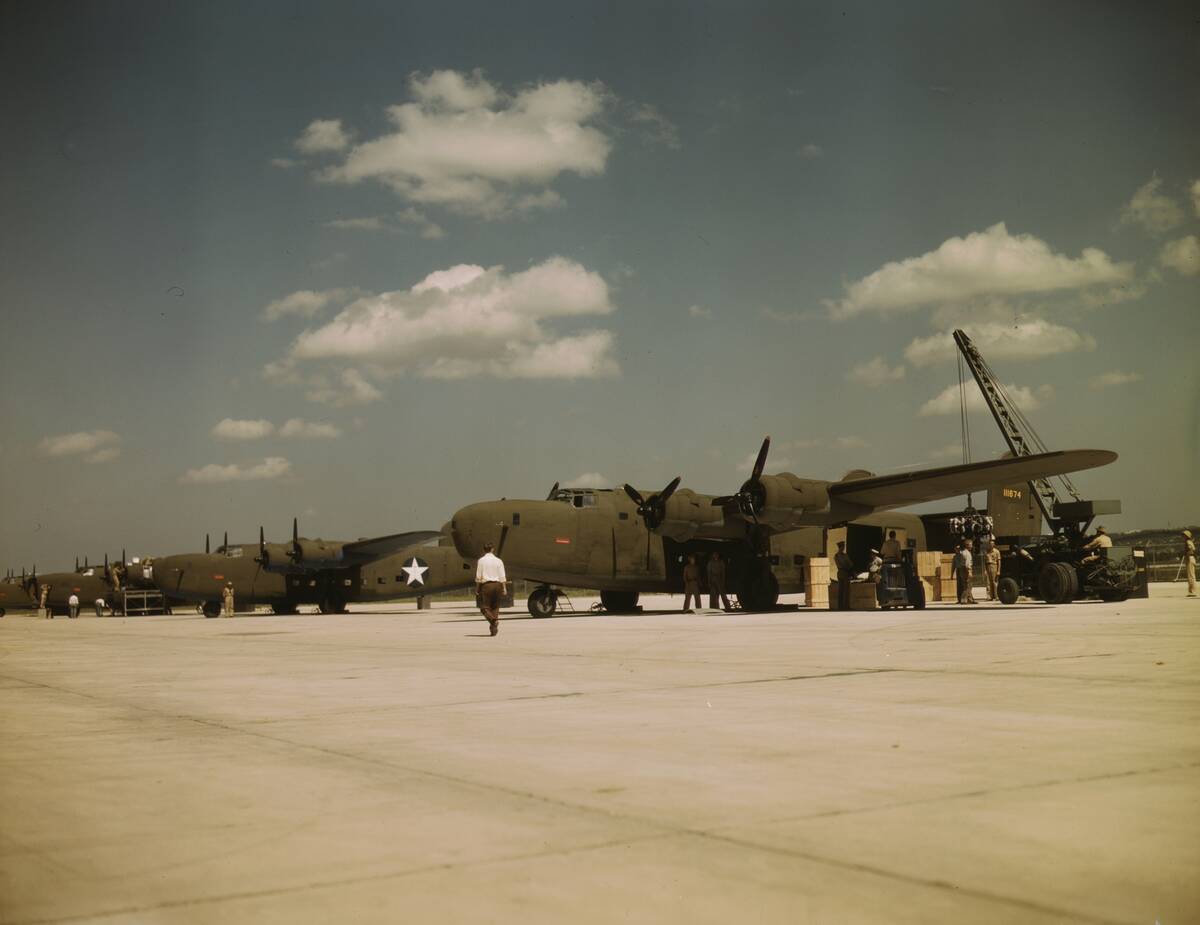
The establishment of military installations across the country had a profound impact on local economies. These bases brought jobs and boosted infrastructure development, benefiting nearby communities.
Towns near military sites experienced growth as businesses catered to the needs of service members and their families. The presence of these installations during and after the war contributed significantly to regional economic stability and growth, leaving a lasting legacy on local landscapes.



